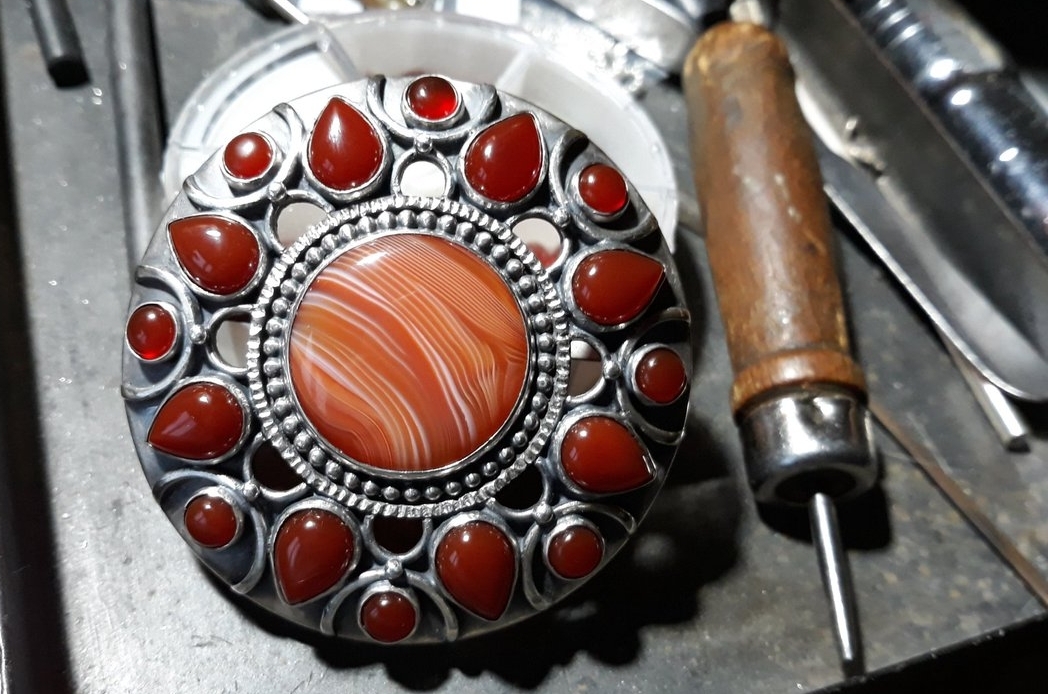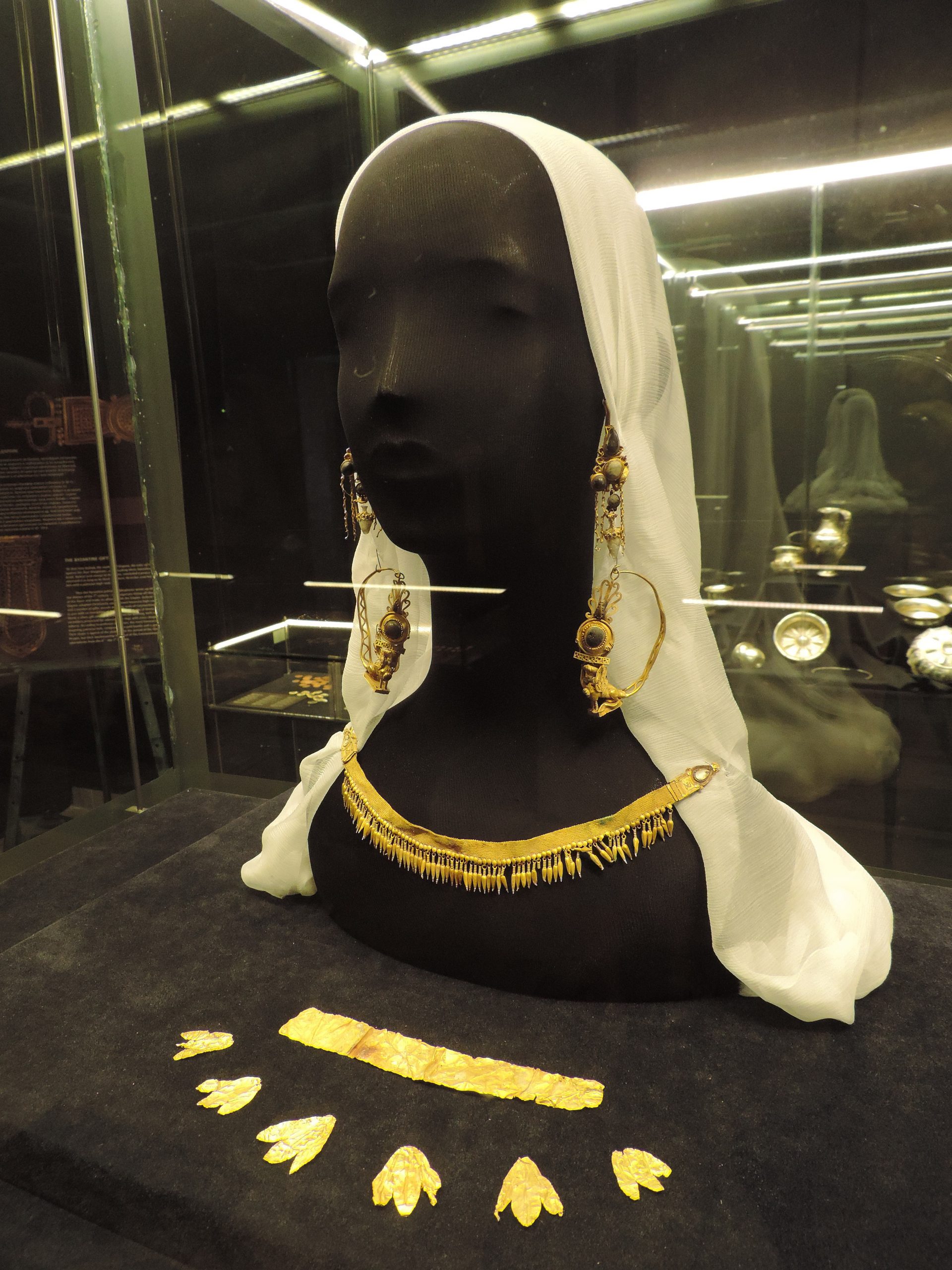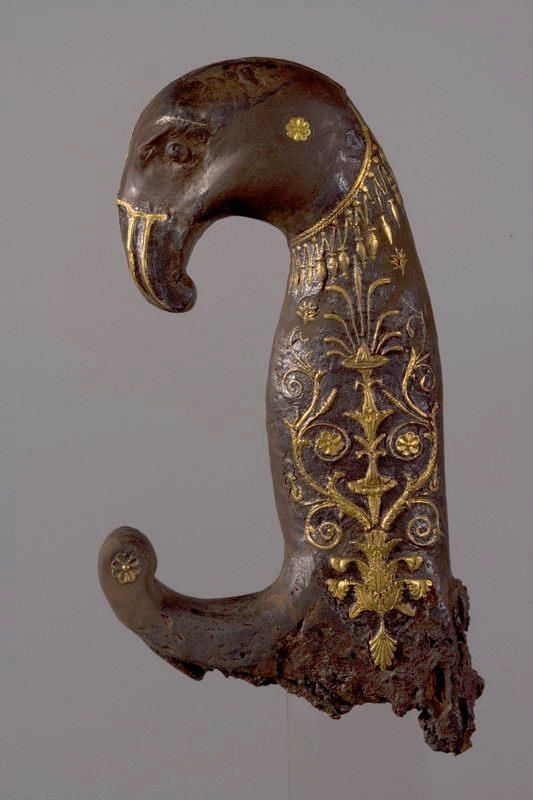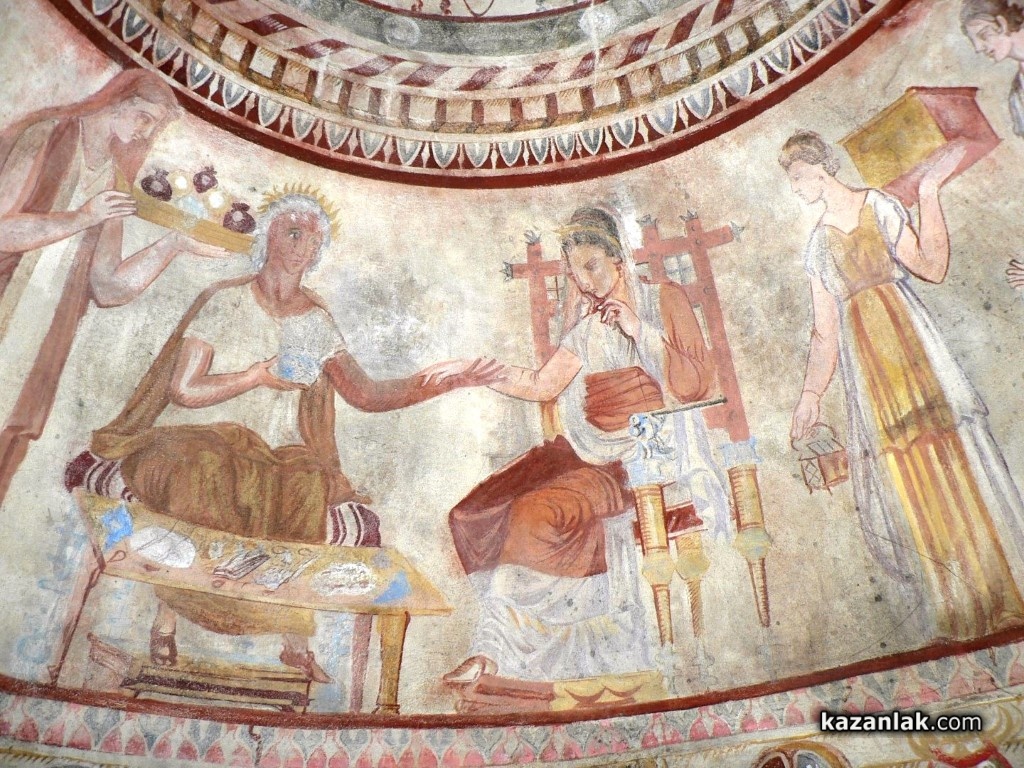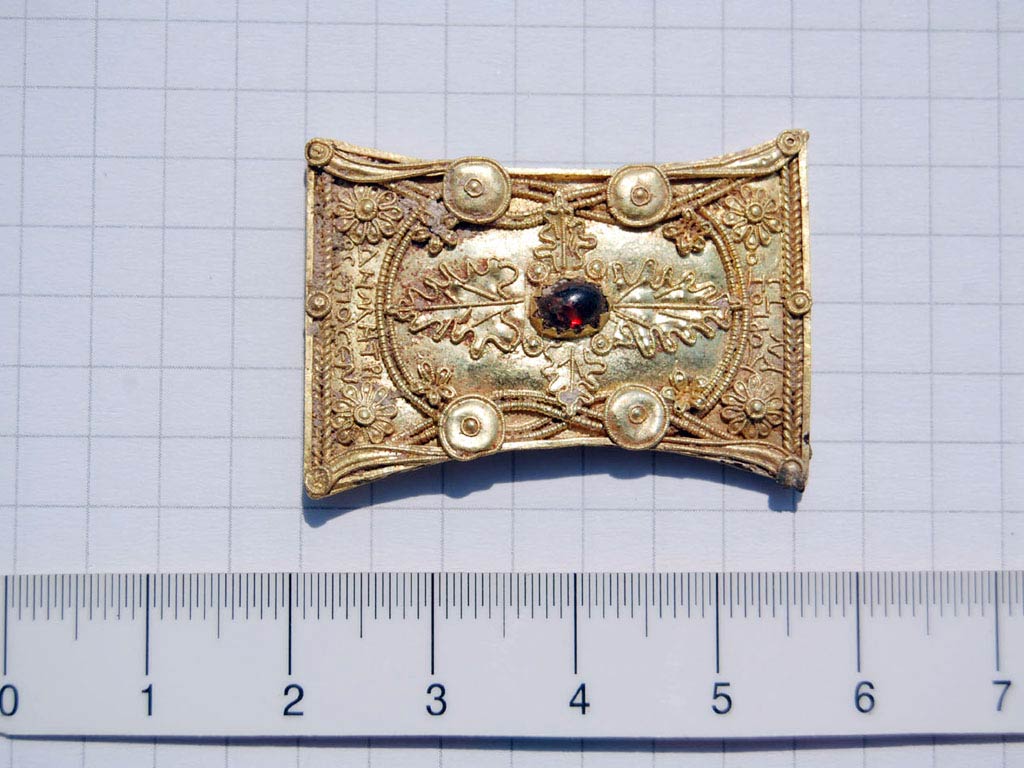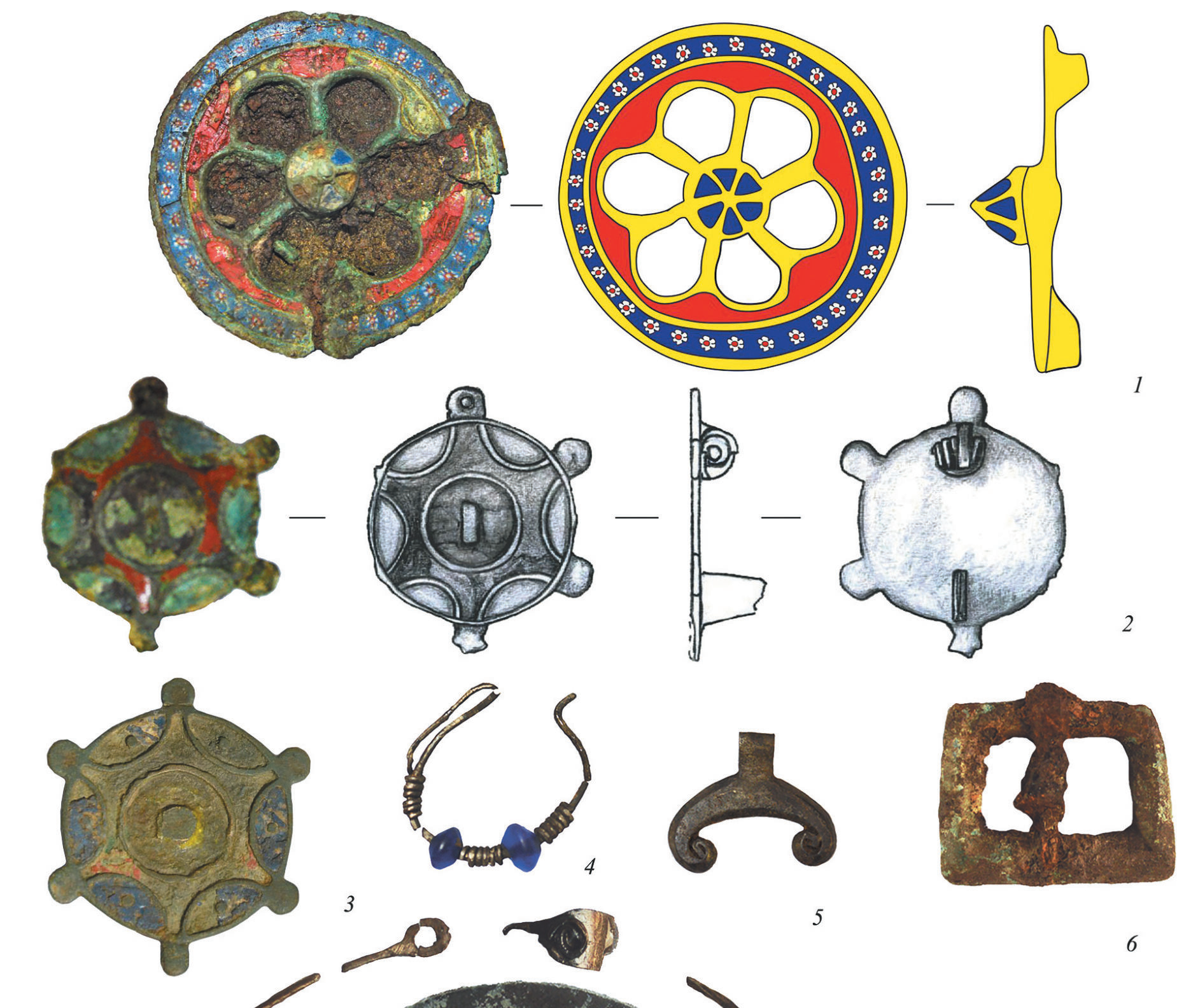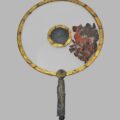- https://www.facebook.com/ Post of Municipality of Topolovgrad
- A second mound with valuable archaeological finds was discovered in the Topolovgrad region
an article https://haskovo.live/vtora-mogila-s-czenni-arheologicheski-nahodki-razkriha-v-topolovgradsko/ - https://blitz.bg/obshtestvo/cyal-svyat-e-smayan-ot-tazi-nahodka-u-nas-svarzana-s-tayna-na-trakiyska-princesa-snimki_news1054412.html
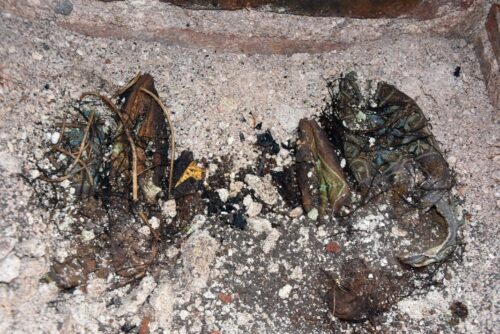
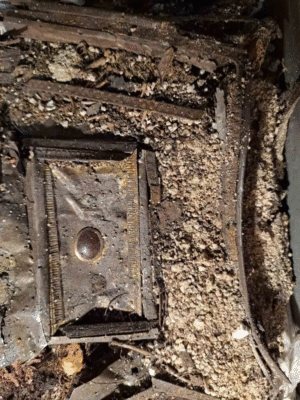
photo: Topolovgrad Municipality

Burial of a Thracian “princess” was discovered in 2024 near the village of Kapitan Petko Voivoda in Topolovgrad [Bulgaria]
The female grave is intact, representing a brick-built two-step pit, dug into the mainland and built precisely with ceramic bricks, coated with mortar, explained archaeologist Daniela Agre upon her discovery. A young woman was buried, whose body was initially laid on a specially fastened wooden bed above the grave, and then cremated. Above the grave pit, on the upper step, were placed an elegant bronze vessel in the form of a clam, an ornamented bronze basin, a bronze cauldron, several glass lacrimaria and two toilet chests, one of which had the locking mechanism in the form of two massive bronze herms. The deceased was buried with personal belongings and gifts that were placed after the pyre had died down.
A golden funeral wreath was found in the head area. At her feet were two pairs of leather shoes, whose beauty and preservation have no analogues in Bulgaria and can be defined as an exceptional find of world importance, Agre emphasized. The upper part of the shoes is openwork cut and decorated with floral elements made of copper and gilded threads. On one pair, the ornaments are covered with gold leaf.
Bone and glass finger ring distaffs1 and a beautiful bronze mirror, which was placed in a special wooden box, were found next to the body. The luxury items from the grave are complemented by an elegant chest lined with silver and gold plates with ornaments. A huge semi-precious stone mounted on the lid completes the decoration of the chest, which is without analogue in Bulgaria. Its workmanship betrays the hand of a skilled craftsman, perfectly skilled in working with metal.
A bronze coin of Emperor Hadrian (117-138 AD) was also found in the tomb, which may be related to the belief of the ancient Greeks and Romans that the deceased had to pay the ferryman Charon for their transportation across the rivers Styx to the underworld of Hades.
The objects found in the grave allow its dating to the first half of the 2nd century, during the reign of Emperor Hadrian. It is likely that the woman buried in the mound was a member of a wealthy Thracian family that lived in this area in the 2nd century.
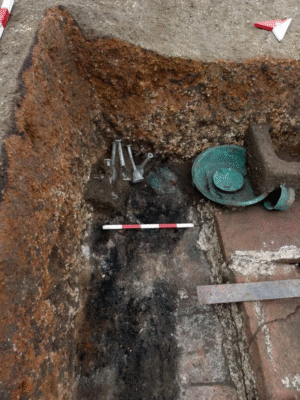
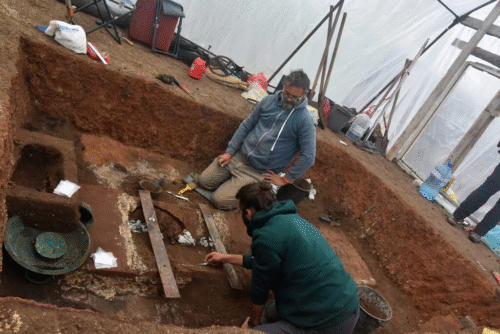

- Отново за напръстните хурки [Once Again on the Finger Ring Distaffs] Elena Pencheva ↩︎
